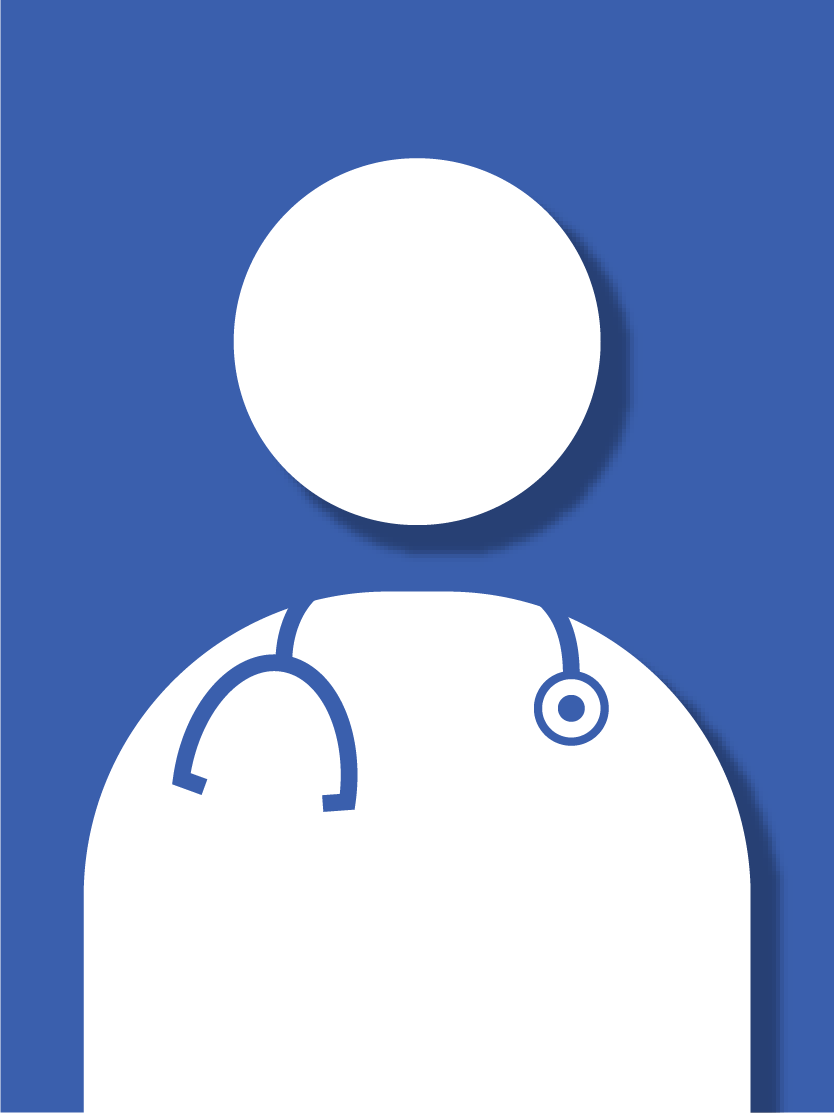Cerebral Palsy (CP)
Cerebral palsy (CP) is a group of motor problems and physical disorders that result from a brain injury or abnormal brain development and that may occur during fetal growth, at the time of birth, or in the first 2 or 3 years of a child's life. The brain injury that causes CP does not get worse over time, but symptoms may start, change, or become more severe as a child grows.
Cerebral palsy affects the muscles of a part or side of the body or sometimes the entire body. Uncontrolled reflex movements and muscle tightness (spasticity) occur with varying severity. Physical problems of cerebral palsy range from mild (a clumsy walk) to severe (an inability to control movement of the arms, legs, or muscles of the mouth and tongue). People with severe forms of cerebral palsy are more likely to have other problems, such as seizures or intellectual disability.
Sometimes the exact cause of cerebral palsy is known, such as when brain damage follows a serious infection or head injury. In many cases the exact cause of cerebral palsy is not known.
For More Information
Cerebral palsy cannot be cured. But a comprehensive treatment program can help people with CP maximize their abilities and physical strength, prevent complications, and improve their quality of life. Treatment usually includes physical therapy and speech therapy. Medicines, surgery, special devices and equipment, and other individualized treatments also may be used.
See more about Cerebral Palsy at UK Orthopaedics & Sports Medicine »
Copyrighted material adapted with permission from Healthwise, Incorporated. This information does not replace the advice of a doctor.



